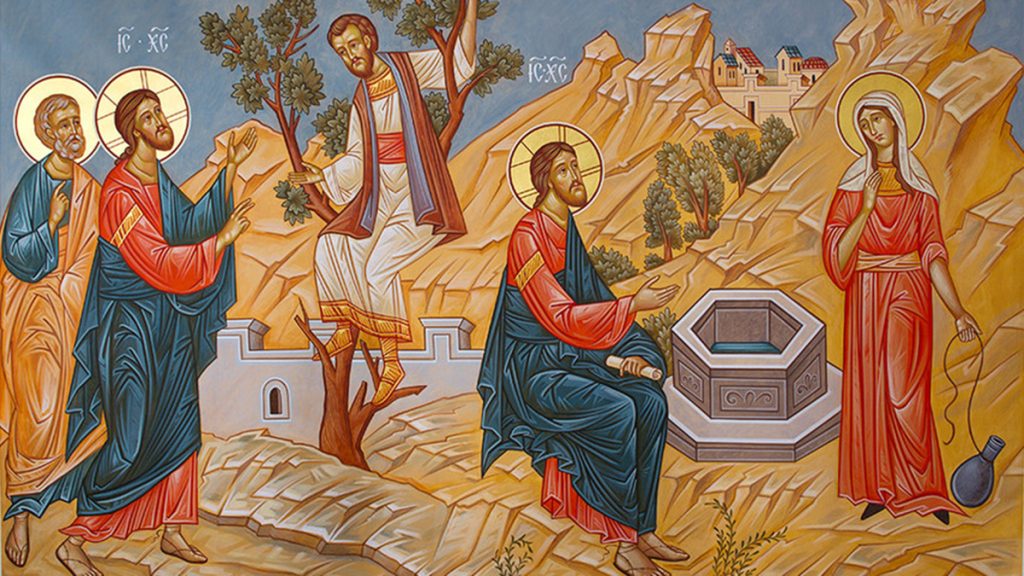If one were asked to name the time, place and person that can be identified with the suppression of the role of women in the early Christian church then:
- The time was 591 C.E.
- The place was Rome.
- The person was Pope Gregory the Great.
In his homily Gregory denigrated the integrity of Mary of Magdala, by conflating her with the “unnamed sinner woman” who anointed Christ’s feet in the Gospel of Luke.
He declared that:
“She whom Luke calls the sinful woman and whom John names as Mary (John 11: 2), we believe that she is that Mary of whom, according to Mark, the Lord has cast out seven demons (cf Mk 16: 9). And what are these seven demons, if not the universality of all vices?
“She brought a jar of perfume and stood behind Jesus.
“She watered his feet with her tears, wiped them with her hair, kissed them, and sprinkled them with perfume.
“Is it not very evident, my brethren, that this woman, formerly addicted to forbidden deeds, had previously used this perfume to give her flesh a pleasant odour.”
Thus Pope Gregory sealed Mary’s fate.
Inequality institutionalised
It took 590 years to fully downgrade women like the ‘Apostle to the Apostles’.
However, it took nearly 1,400 years for this “mistake” to be rectified, when Pope Paul VI clarified in 1969 that Mary Magdalene was indeed not the sinful woman mentioned by Luke.
But the damage had been done as her identification with the Gospel “sinful” woman had become embedded in art and in the collective Christian conscience, an egregious example of which was how her name became synonymous with the infamous “Magdalene Homes”.
Peter vs Mary
The canonical Gospels mention Mary of Magdala 12 times, more than any other woman and records her rather than Peter as the first witness of Christ’s Resurrection.
The Apostle Paul mentions many women leaders as his co-workers but does not refer to Mary of Magdala.
In various non-canonical Gnostic gospels, Mary Magdalene is ascribed apostolic authority.
In them, Peter and Mary are portrayed as being in disagreement regarding Jesus’ succession and the role of women within the community.
Eventually, Orthodox Christianity accepted Peter as the successor of Jesus and built the subsequent papal structure on masculine clericalism while marginalising women like Mary in the emerging church.

Restoration of gender equality
Some wonder what type of Church would have emerged if Mary Magdalene had become Jesus’ successor.
For 21st-century Catholic women, this is idle speculation as they still feel aggrieved that women like Mary Magdalene and Photini, the Samaritan woman known as the first Evangelist, and very many others were marginalised by their male apostolic colleagues.
They are determined that
Such injustice will never happen again, and gender equality, which once existed in the early Christian communities, must be fully restored to make the Catholic Church credible.

- Brendan Butler is a former secondary school teacher who specialised in teaching Religious Education. His postgraduate degree was in theology from the Antonianum University in Rome. In 1979, he co-founded “The Irish El Salvador Support Committee” and later “The Ireland Algeria Solidarity Group”. He was the co-ordinator of “The N.G.O. Peace Alliance” which was active in the Irish peace movement. He helped to revive the Catholic Church reform movement “We are Church Ireland”, of which he was joint co-ordinator and spokesperson for several years.
- He published: My Story by Jesus of Nazareth, As narrated by Brendan Butler.
- Brendan is also active in contributing articles, letters to Irish Newspapers on Church and human rights issues.

